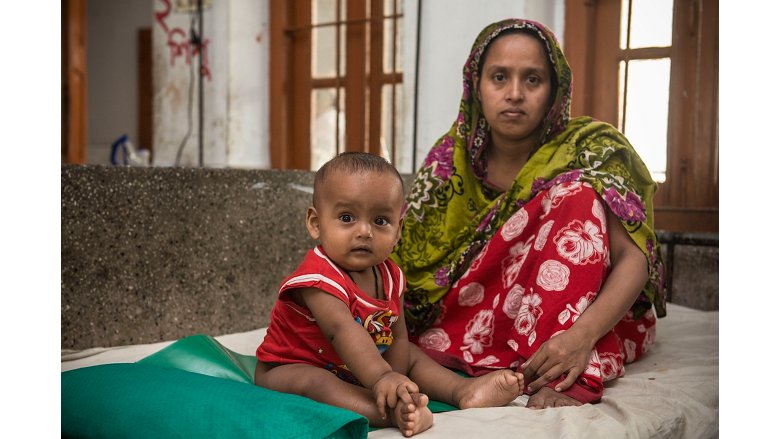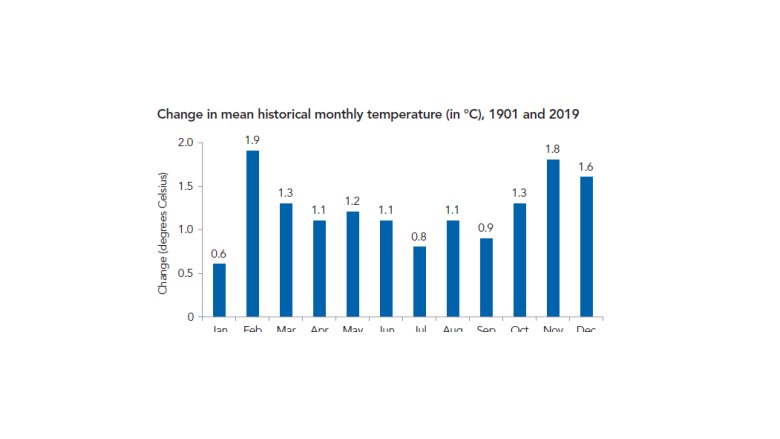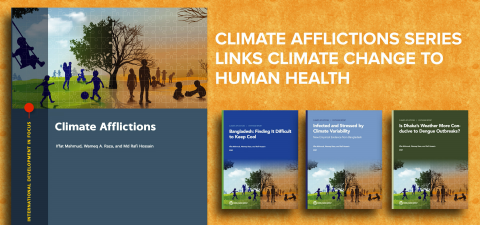Being a low-lying river delta with a long coastline and floodplains that occupy 80 percent of the country, Bangladesh’s extreme vulnerability to the adverse effects of climate change is well documented. But, climate change in Bangladesh is not just about cyclones and floods. Changing and erratic weather pattern have also affected our physical and mental health. The climate change in Bangladesh have started to impact health with an increase in respiratory diseases, mosquito-borne diseases like dengue, along with deteriorating mental health conditions.
Difficult to Keep Cool
Bangladesh has experienced an average rise in temperature of 0.5°C between 1976 and 2019. The increase in maximum temperatures during this period has been shown to be consistent on a month-to-month basis, with the months from February to November getting warmer. The rise in maximum temperature across the country has not been uniform. For instance, between 1976 and 2019, compared to a 0.5°C rise in central parts covering Dhaka and neighboring districts, maximum temperatures rose by 0.9°C in the eastern parts (Chattogram and Sylhet divisions). In general, summers are becoming longer, and winters are getting warmer and monsoon becoming unpredictable beyond the norm.




